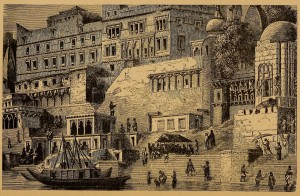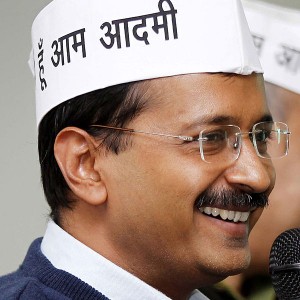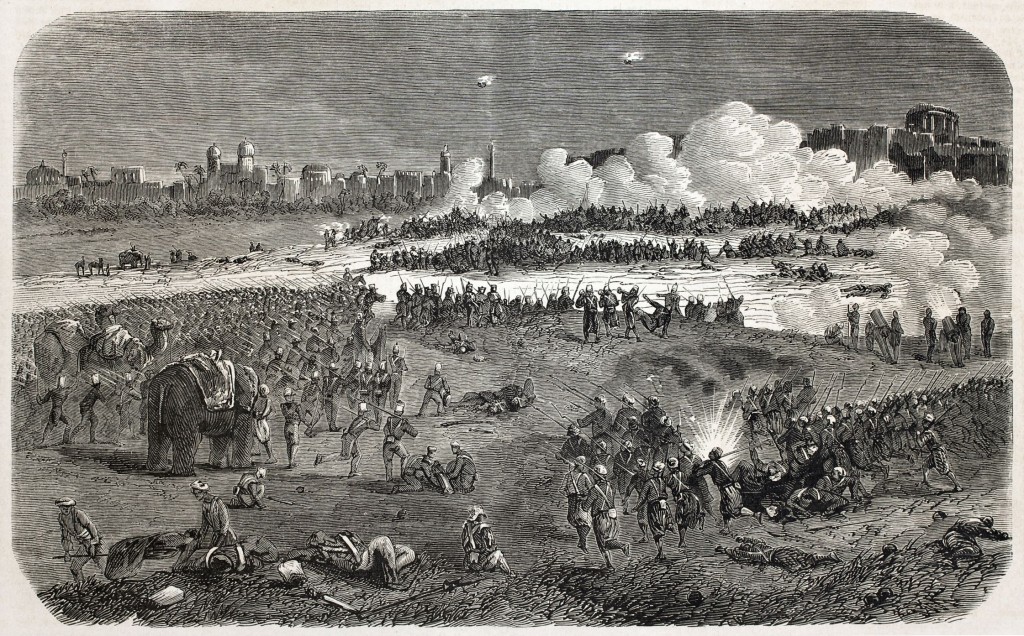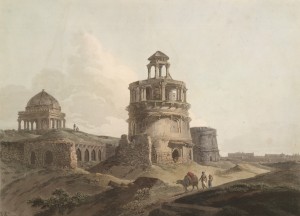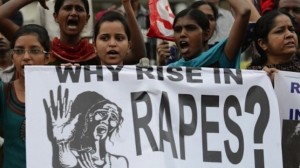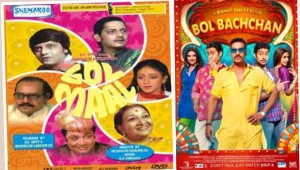Long long ago, in a not so far-off land, there lived a farmer with his prosperous land. The piece of land was much fertile, in fact so much so that it could easily feed the farmer and his family, and even leave him a decent surplus. Sadly, wherever there is prosperity, follows the crisis. Not surprisingly, the farmer’s land was invaded by a bunch of fair-skinned rascals, who took over the land, made the farmer toil, and took away all the surplus. Suddenly, in the field which used to feed and leave a surplus, the farmer and his family were facing starvation. For what seemed like a long age seemingly stretching for two centuries, the farmer suffered, starved and toiled. The land was his but the produce was not. He strove hard against the new lords, and finally was able to evict them. And he heaved a big big sigh. His land was his again, the food was his again. He dreamed of a good future, quite unlike the time before the fair-skinned crooks had come.
With a renewed vigour and zeal, he started toiling, it was his time in the sun. And then one day while taking a stroll in his field, the farmer heard a squeak, and spotted a little mouse. Looking at the field that produced so much, the farmer thought how much could the poor famished rat eat. So he let it be. Time passed, and as the farmer toiled through the day and night, getting his rewards, he could hear the squeaks getting multiplied. But then he was too happy and glad, to bother about a few or more rats.
‘God has been kind, and its his wish’, he say to his family. This went on for a long time, and in the same time the mice turned into medium sized rats, and then into huge bandicoots. They thrived on the land and its surplus. And then came a time, when the pestilence grew so much that the farmer’s output was affected. First his surplus was steadily wiped off, and then his subsistence ration was. The farmer realised his folly, but alas it was too late. He tried killing a few with sticks, scaring them, but it would make no dent. The rats had reached a point, where a few dead was no issue. Newer ones were quickly added. Continue reading

